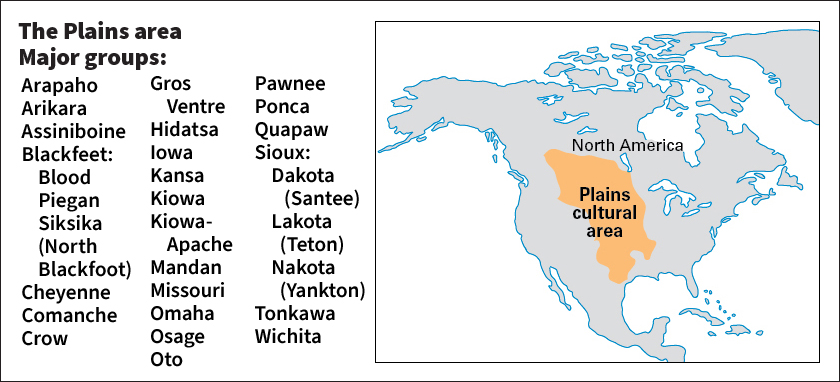Gros Ventre make up two Indigenous (native) tribes of the Plains peoples of North America. These tribes are the Atsina, or Gros Ventre << groh VAHNT >> of the Prairie; and the Hidatsa, also called Minitari or Gros Ventre << groh VAHN >> of the Missouri. Today, about 2,400 Gros Ventre live in the United States.
Gros Ventre is a French term meaning big belly. White explorers gave the Indigenous people this name because the explorers did not understand the sign-language gesture for these people. The gesture was a movement of both hands in front of the stomach.

The Atsina are a branch of the Arapaho people. The Atsina once lived in tipis and hunted buffalo on the northern Great Plains. In the early 1800’s, they helped the Blackfeet people drive white beaver trappers from the upper Missouri Valley. In the 1830’s, the Atsina established friendly relations with white traders and, later, with the United States government. Today, the Atsina live on Fort Belknap Reservation in Montana. Some Atsina raise cattle, grain, and hay. Others work for government agencies or private businesses.
The Hidatsa, who were related to the Crow people, lived near the Mandan people on the Missouri River in what is now North Dakota. Their customs resembled Mandan customs. The Hidatsa, with the Mandan and Arikara, now live on Fort Berthold Reservation in North Dakota.
